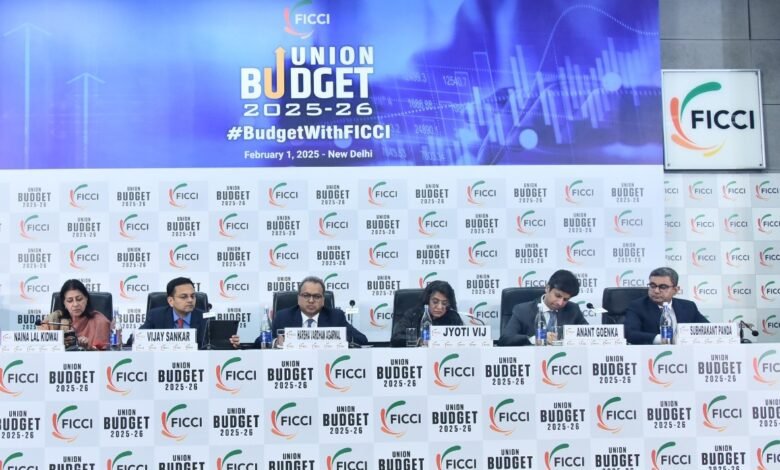NEW DELHI: Commenting on the Union Budget 2025-26 proposals announced earlier today, Harsha Vardhan Agarwal, President of the Federation of Indian Chambers of Commerce and Industry (FICCI), praised the government for presenting a comprehensive, inclusive, and forward-looking budget. “Through the Budget, the government has made a strong effort to address the immediate challenges faced by the economy, particularly on the consumption front, while keeping an eye on the long-term target of pursuing the vision of ‘Viksit Bharat’,” he stated.
Agarwal emphasized that the budget proposals will re-energize the economy by uplifting middle-class sentiments and encouraging the private sector to advance its investment plans as demand improves across various sectors. The Budget comes at a crucial time when the Indian economy is experiencing a slowdown, and FICCI had earlier urged the government to implement measures that would boost both consumption and investment demand.
Significant changes in the personal income tax structure are expected to leave more disposable income in the hands of citizens, thereby enhancing consumption demand. While the increase in capital expenditure may appear modest compared to previous years, it still signals the government’s commitment to infrastructure development.
Focus on Agriculture and MSMEs
The agriculture sector received a substantial boost with the announcement of a focused program targeting 100 districts characterized by low productivity and moderate crop intensity. This aligns with FICCI’s pre-budget recommendations for an agricultural yields mission for the bottom 100 districts. Additionally, the launch of a National Mission on High-Yielding Seeds aims to mitigate the impact of climate change on agriculture, while a six-year mission to improve pulse yields is expected to help control food inflation.
The Micro, Small, and Medium Enterprises (MSME) sector also saw significant attention. The revision of classification criteria and the doubling of credit limits with guarantee cover are poised to stimulate growth in this vital sector. Specific measures for labor-intensive industries such as footwear, leather, food processing, and toys are expected to boost employment, especially in Tier 2 and Tier 3 cities.
Infrastructure and Trade Development

On the infrastructure front, the budget announced a new Maritime Development Fund to strengthen the marine economy, particularly benefiting coastal states. The plan to connect 120 new destinations under the UDAN scheme is anticipated to create economic opportunities in newly connected regions, transforming them into emerging growth centers.
To bolster the ‘Make in India for the World’ initiative, the budget introduced Bharat Trade Net, a digital public infrastructure designed to streamline trade documentation and financing solutions. This platform is expected to enhance the ease of doing business, reduce transaction costs, and improve export efficiency.
Skilling and Governance Reforms
The budget also focuses on improving the skilling ecosystem to prepare the youth for emerging technologies. Initiatives include expanding capacity in IITs, increasing medical education seats, establishing 50,000 Atal Tinkering Labs, and setting up a new Centre of Excellence for AI education. These measures aim to position India as a global hub for skilled manpower.
FICCI welcomed additional reforms such as the revamped Central KYC registry, the introduction of a new Income Tax Bill, Jan Vishwas Bill 2.0, and efforts to simplify regulatory frameworks and reduce customs tariff rates. These initiatives are aligned with the government’s agenda of ‘Minimum Government, Maximum Governance,’ promoting ease of doing business across the country.






